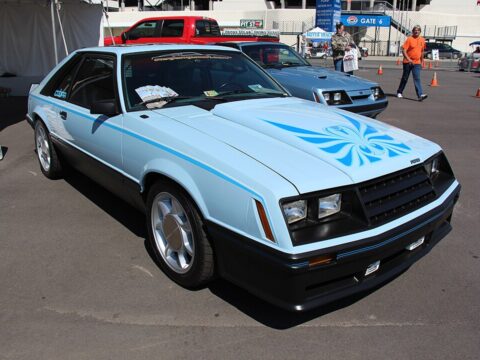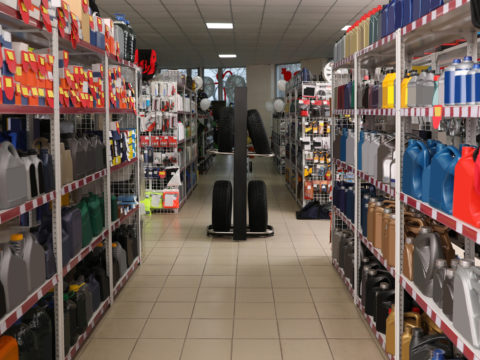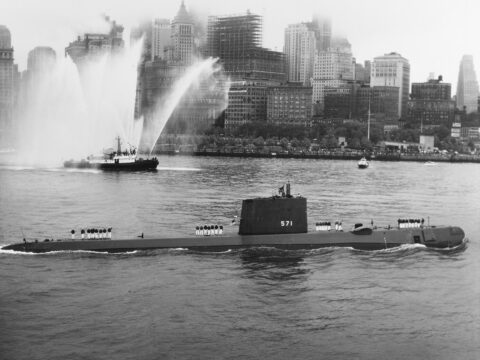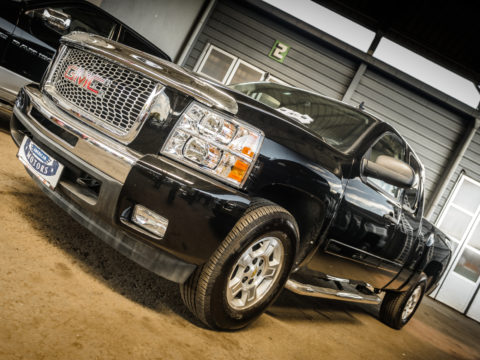When we think big cars, made-in-America comes to mind. From the Ford Thunderbird with three-quarters of its length cut for the booth and the bonnet to the 1958 five-door Chrysler wagon dubbing the sight of a flamboyant land yacht, the American auto manufacturers splash the steel on four-wheelers than their Chinese, Japanese, and even European counterparts.
A group of motorheads on a popular online forum share some interesting take on why American cars are made that way.
Contents
Large Physique

Several contributors believe Americans prioritize spacious cars for comfort due to their large body sizes. As one motorist points out, “Americans are generally bigger than most people worldwide, so we tend to require larger seats, more legroom, and wider door openings.”
Safe to say that America’s auto giants got the body-size memo early enough to adjust their designs for the American market.
Bigger Means Cheaper
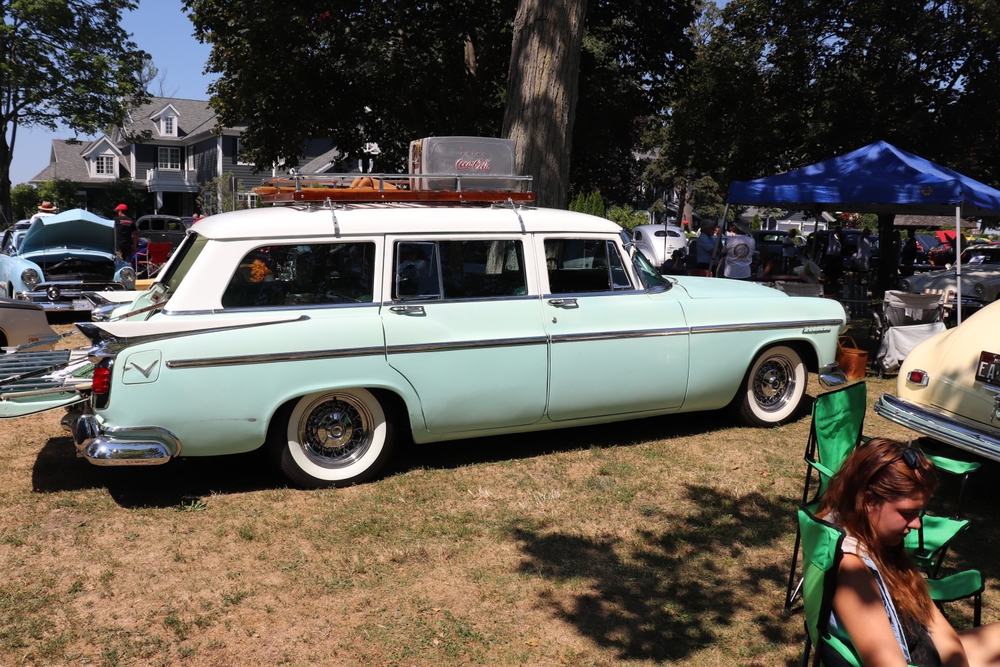
In many cases, “Large cars are cheaper to manufacture, easier to maintain, and easier to sell in the American market,” one car enthusiast clarifies. However, another disagrees, asking why American cars aren’t cheaper than Japanese small-sized cars if size equals affordability.
A final commenter replies that dollar power improves production costs in the United States, making it difficult to see any price difference.
Family Size

On average, Americans have larger family sizes; one car lover notes, “Many American families have multiple children, and you need a bigger car to accommodate everyone.” It’s easy to agree with this in that while the American average family size has been shrinking since the 70s, the per-household average of 2.3 persons in the EU is relatively low to the 3.1 standards in the United States.
Low Gas Prices
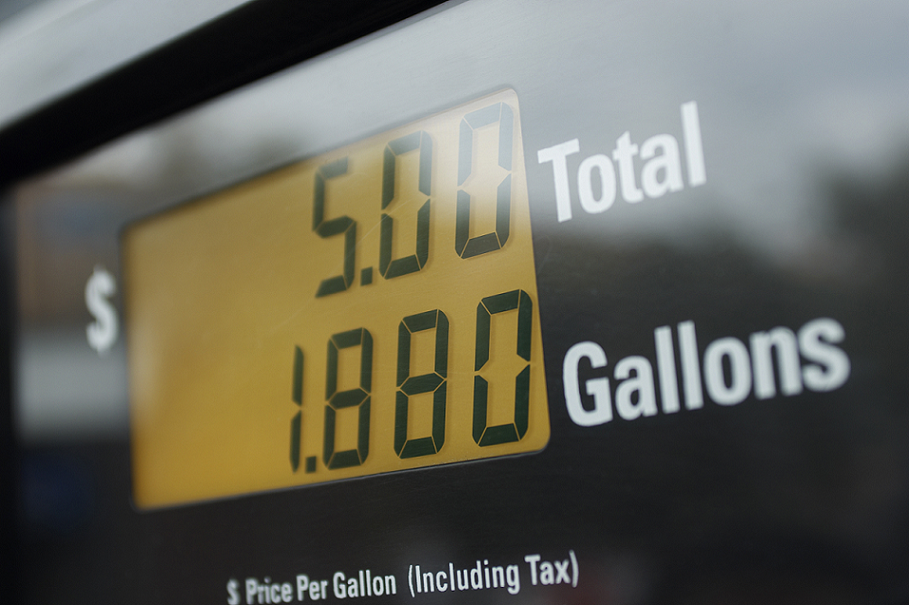
According to several users on the thread, gas prices in the US are relatively low compared to other countries. They claim this justifies why Americans drive larger, less fuel-efficient vehicles. One commenter says, “When gas is cheap, there’s less incentive to buy smaller, more efficient cars.”
Roads Are Bigger in America
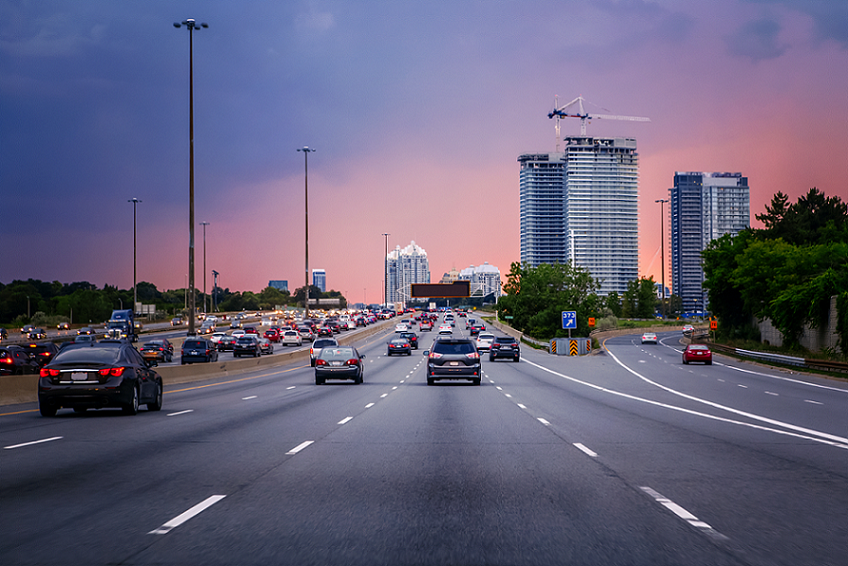
The size of American roads may have influenced the size of American cars. “American roads are wider,” someone explains. “So, cars can be bigger without worrying about fitting in narrow spaces.” In contrast, many European cities have narrow streets, making driving larger vehicles difficult.
Underdeveloped Transport System
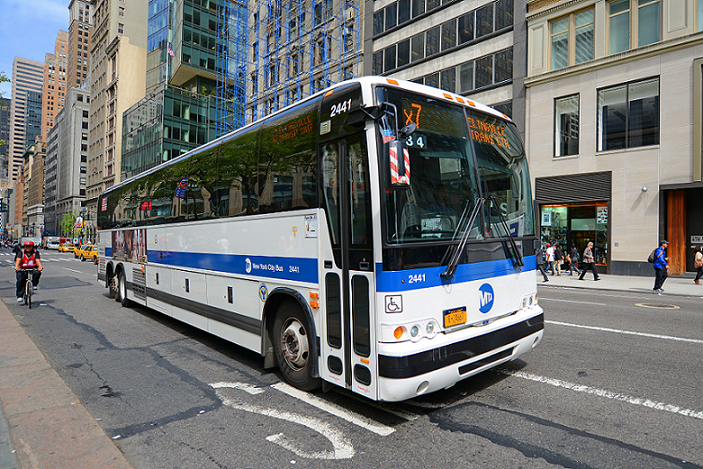
The United States has a relatively underdeveloped public transit system compared to other first worlds. Several commuters explain that many Americans rely on their cars for transportation, contributing to larger vehicles’ popularity since drivers must compete for the same roads, and driving a big vehicle gives the boss feel.
One adds that the lack of adequate public transportation means Americans must drive long distances and need big cars to feel comfy while on the road.
Keeping the Culture Alive
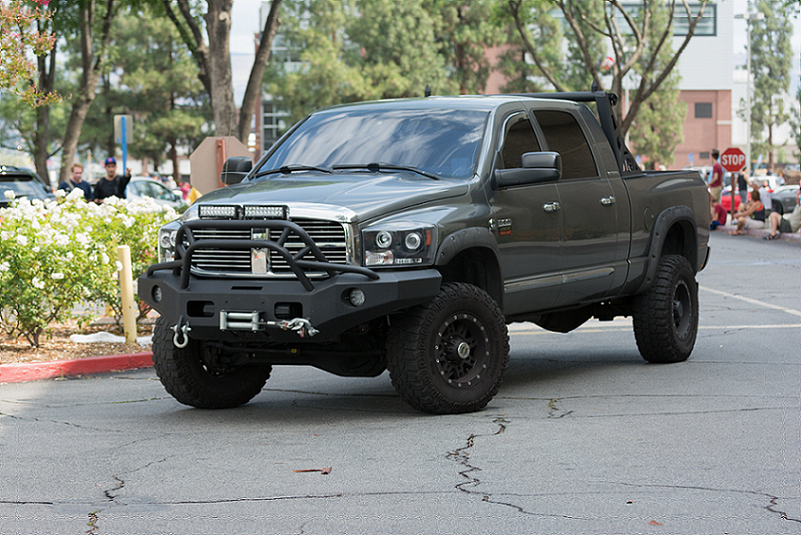
Big cars are an important part of American auto history, and a deviation may signal some cultural and identity loss, one car enthusiast suggests. Buttressing, a second individual agrees, explaining that powerful American vehicles are built for speed and performance, and their large size was necessary to accommodate the large engines that power them.
A final user says they have observed that ”the bigger, the better” culture lives on even in this age in the choice of what an American would drive.
Loose Environmental Regulations

American car companies face fewer emission regulations than automakers in Europe. A driver shares that this has allowed American car manufacturers to focus on building more prominent, less fuel-efficient cars since there’s hardly any significant penalty if they prioritize profit over environmental sustainability.
Americans Have a Thing for Luxury
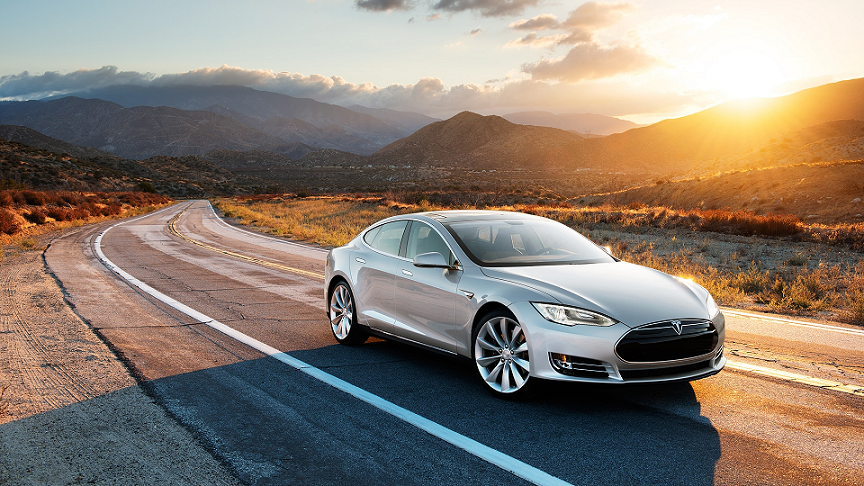
One user states that the larger the car, the cushier and more luxurious it will be. Larger cars often have more features like heated or reclining seats,” giving the luxury feel of “a living room on wheels.
Big Cars Are a Status Symbol
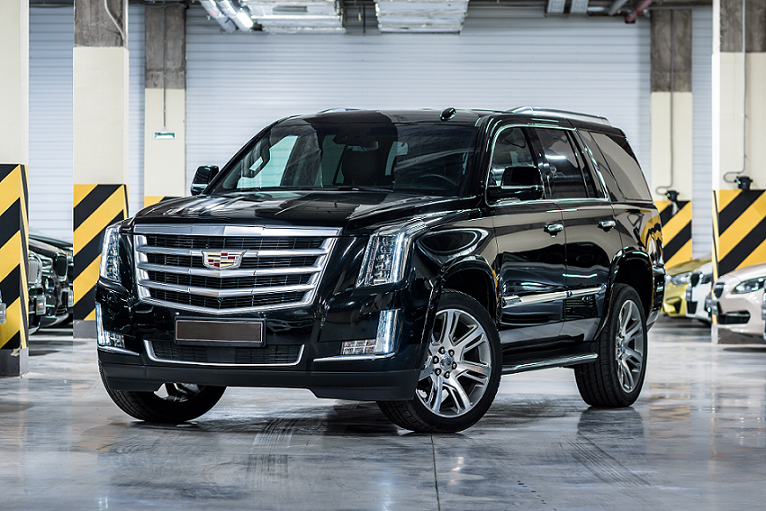
Car companies have long marketed larger cars as symbols of wealth and status. Several forum users agree that Americans buy larger cars to project an image of success. For instance, owning a big Cadillac with a massive bumper could be one way of being loud without turning on the stereo. What do you think?
This thread inspired this post.
This article originally appeared on MyCarMakesNoise
More from MyCarMakesNoise
10 Electric Vehicles Perfect for Long-Distance Adventures

The electric vehicle (EV) market is rapidly evolving, offering an increasingly diverse range of options for eco-conscious drivers. Among these, long-range EVs stand out, offering the freedom to embark on extended journeys without the frequent need for recharging. Read More.
Celebrating 9 Iconic Cars from Television Shows

From the high-speed chases of action-packed dramas to the whimsical adventures of beloved sitcoms, television has introduced us to some of the most iconic cars in pop culture history. This article is a celebration of these memorable vehicles that have captivated audiences and car enthusiasts alike. Read More.
20 Classic V8 Cars That Are True Icons

The deep roar of a V8 engine has long thrilled car enthusiasts, symbolizing an era of speed and power. This article explores the history of this iconic engine and celebrates the legendary cars that have made a lasting impact on automotive history. Read More.

